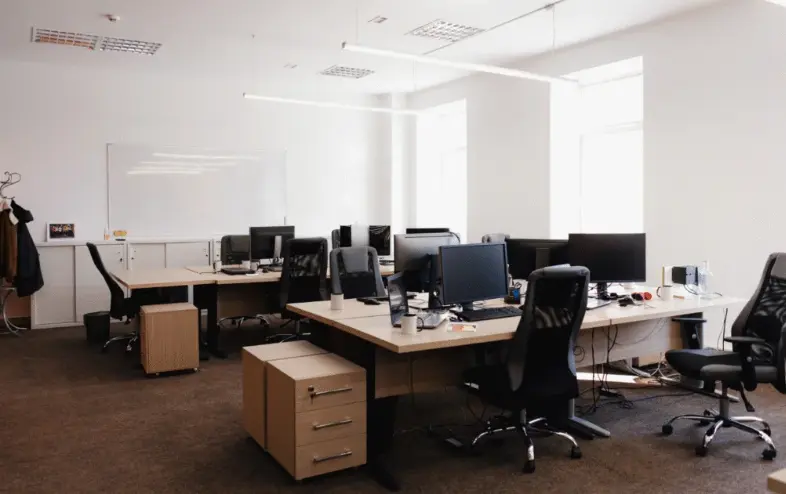Building a Safer Workplace: The Role of Proper Workwear
Two of the most crucial considerations in any workplace are safety and comfort, particularly in construction, manufacturing and the trade industry. The correct workwear not only covers people against possible dangers but also provides people with the ability to conduct their work with confidence and comfort. Workwear has not only been developed as a functional object over the years but also a design element of workplace safety culture over the years.
Why Workwear Matters
Workplaces can be a place where individuals are in danger of potentially getting cut by a sharp tool, heavy machinery, or even brutal weather, or unreliable conditions. Protective clothing is created to minimise these dangers by creating a wall between a worker and possible injuries. As an illustration, high-visibility uniforms allow employees to be noticed when walking around moving cars, whereas steel-toe shoes help keep the feet safe in case of falling objects.
Workwear also adds to efficiency besides the protection. Properly fitting clothing and free movement help workers to avoid fatigue, and they are more likely to remain productive and focused during working hours. And in such a manner, appropriate clothing has two functions: it helps keep the body safe and it contributes to overall performance.
Comfort and Durability in Everyday Use
Contemporary workwear is made keeping both comfort and durability in mind. Breathable clothes, ergonomic design, and stronger stitching make clothes more resistant to wear and tear and also ensure that workers do not feel burdened during extensive working hours. Lightweight fabrics and moisture-wicking fabrics are used to prevent overheating in hot weather, and insulated apparel is used to keep the body warm during cold or wet weather.
It is this ability to balance hardness and softness that enables employees to succeed in stressful jobs. As soon as the physical needs of the job are supported by clothing, it is more probable that people remain safe, prevent any injury, and that their energy levels remain constant throughout the working day.
Inclusive Design for Every Worker
In recent years, workwear manufacturers have recognized that not all workers have the same needs. Different body shapes and job roles require specialized designs to ensure that protective clothing fits correctly and functions as intended. For example, Womens tradie workwear built for safety and comfort reflects a growing awareness that inclusive design improves both safety outcomes and worker morale. Providing every worker with gear that feels supportive and reliable fosters a culture where safety is a shared priority.
The Future of Workwear
With the growth in technology, there is a potential of more intelligent and adaptive workwear. Starting with clothes that check body temperature, the future is marked with further integration of safety and innovation with clothing. Such trends will probably change the perception of protective clothing by employers and workers as a necessity as well as an important health and performance aid.
Conclusion
Workwear is not a uniform; it is a source of safety, comfort, and efficiency at the workplace. Industries can make workplaces more inclusive, as workers feel appreciated and safe by focusing on protective features, durability, and inclusive design. With innovation still defining how protective gear is made, the end product is not changing, to ensure that people stay safe and can give their best.
Also Read-

